Are you looking to add a splash of color to your garden this summer? Cyclamen is the perfect choice – with its delicate, rose-like petals and stunning hues it’s an elegant flower that will bring vitality and beauty to any outdoor space. But can you plant cyclamen outside or should it remain strictly as an indoor addition? Read on to find out more about growing these beautiful blooms both inside and outdoors! With helpful tips for successful maintenance, you’ll be rest assured that your flowering cyclamen are taken care of year round.
Cyclamen
Cyclamen, scientifically known as Cyclamen persicum, is a genus of over 20 species of perennial flowering plants, native to Europe, the Mediterranean Basin, Iran, and Somalia. [1] The name ‘Cyclamen’ is derived from the Greek word ‘kyklaminos’, meaning ‘circle’, possibly referring to the round tubers or spiral pattern of the seed pod.
The history of cyclamen dates back to ancient times. The Greeks and Romans were known to cultivate cyclamen for their ornamental value. The plant was later introduced to the rest of Europe in the 16th Century, where it became popular in botanical gardens. Today, cyclamen is a favorite among gardeners worldwide, cherished for its vibrant color and delicate, twisted petals.
In cultivating cyclamen, different species bloom at different times. Some species bloom in spring, summer, or fall, while others bloom in winter. This characteristic, coupled with its elegant beauty and relatively low maintenance, make cyclamen a versatile plant that can add a splash of color to your garden or indoor space almost all year round.
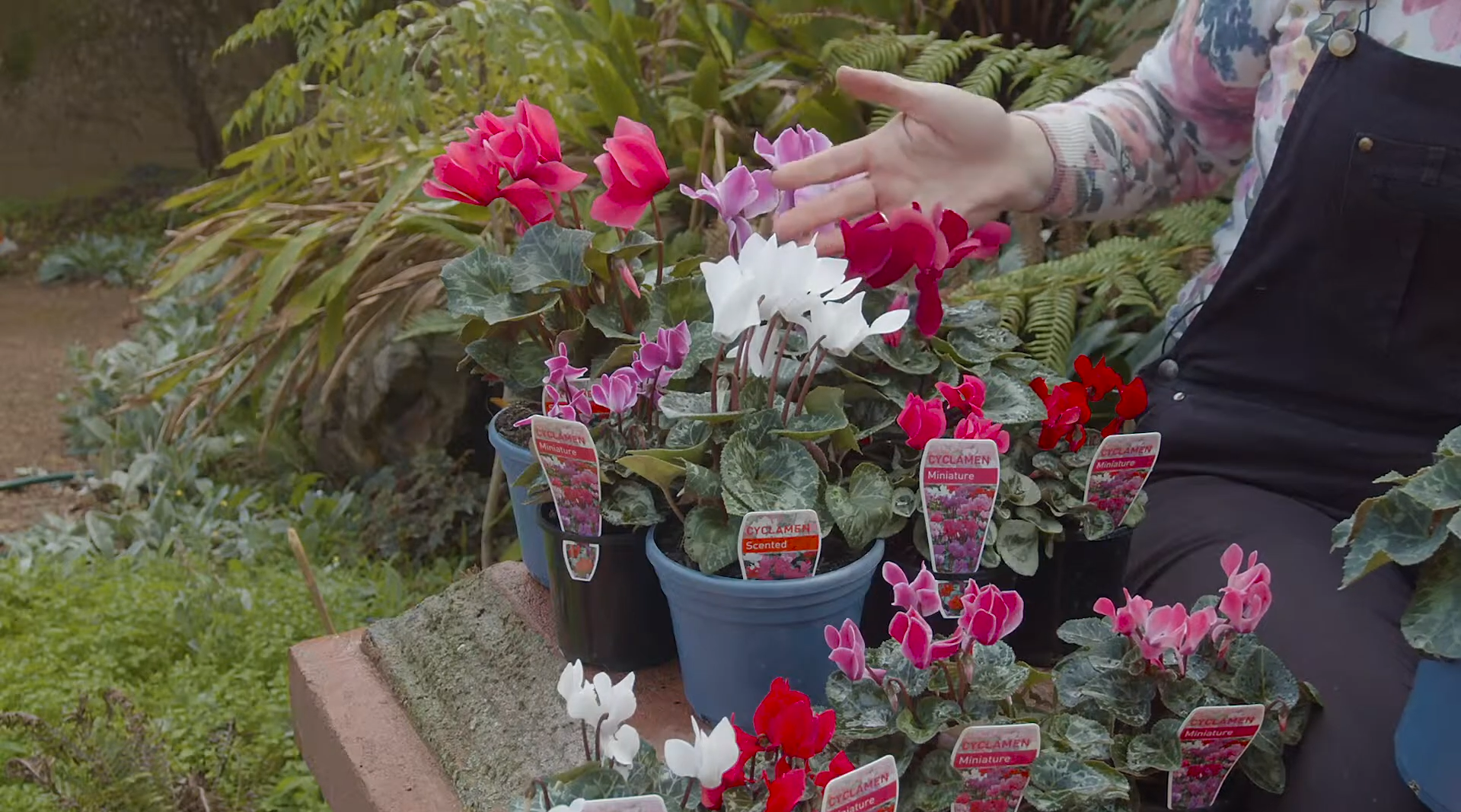
Characteristics & Types
Cyclamen plants are primarily characterized by their heart-shaped, patterned foliage and beautiful, distinctive flowers that appear to be hanging upside down, ranging in color from white, pink, and red to lavender. The petals are reflexed, meaning they bend backwards, and often feature a unique, twisted form. Another notable feature is their growth habit; cyclamen grow from tubers – a kind of thickened underground stem that stores nutrients – and produce flowers and leaves directly from these tubers.
There are about 20 species of cyclamen, but three are primarily used for ornamental purposes.
- Cyclamen persicum: Often known as the florist’s cyclamen, this type is the most common in cultivation. It has large flowers with marked, upswept petals and dark green leaves variegated with silver. Its blooming period is typically in the cooler months from fall to early spring.
- Cyclamen hederifolium: Also known as ivy-leaved cyclamen due to its ivy-shaped leaves, this type is well suited for outdoor gardens. It’s a hardy type that’s able to withstand cold winters, and it typically blooms in late summer and early fall.
- Cyclamen coum: This species is distinguished by its round leaves and small, vibrant pink flowers. It’s a hardy cyclamen that blooms in the winter, adding color to the garden when most other plants are dormant.
Popularity of Cyclamen as outdoor decoration
Cyclamen plants have seen an upsurge in popularity over the years as outdoor decorations primarily because of their fascinating aesthetics and minimal care requirements. These hardy plants not only offer a wide array of vibrant colors ranging from pure whites to deep reds and pinks, but their unique upside-down flowers and ornamental leaves also add a touch of exotic beauty to any garden. Moreover, Cyclamen’s ability to bloom in cooler climates when most other plants cease to flower gives gardens a year-round appeal. Such versatility and visual splendor have cemented Cyclamen’s position as a favored choice among garden enthusiasts and landscape designers alike.
Considerations Before Planting Cyclamen Outside
Before planting Cyclamen outside, there are several key considerations to keep in mind:
- Selecting the right species: Different Cyclamen species thrive in different outdoor conditions. Some are resilient to cold winters while others prefer milder climates. It’s crucial to choose a species that is well-suited to your local climate.
- Location: Cyclamen prefer locations with partial shade. Too much sunlight can harm the plant, causing the leaves to yellow and the flowers to fade.
- Soil: Cyclamen thrive in well-draining soil. Heavy, waterlogged soil may lead to root rot.
- Watering: These plants prefer to be watered from beneath to avoid water sitting on the leaves and petals, which can lead to rot.
- Care during dormancy: Cyclamen have a dormancy period where the plant appears to die back. This is a normal part of their life cycle and they will regrow, but care should be taken not to overwater during this period as it can lead to the bulbs rotting.
Steps to Successfully Plant Cyclamen Outside
Planting Timing
The timing of planting your Cyclamen significantly influences its growth and blooming period. This is primarily due to the temperature and moisture levels of different seasons, which affect the germination and growth of the plant. Typically, most Cyclamen species are planted in the fall, as they are winter flowering plants and this allows them plenty of time to establish before the cold sets in.
Regarding the optimal time of day for planting, it is commonly advised to plant either during the morning hours or in the late afternoon. [2] The Cyclamen can acclimate to its new surroundings by avoiding direct exposure to the scorching midday sun. This can prevent stress from heat exposure and gives your plant a better chance of successful establishment and subsequent growth.
Location Selection
Selecting the appropriate location for planting your Cyclamen is fundamental to their survival and blooming. The location you choose to plant your Cyclamen affects the amount of sunlight and shade it receives, the soil condition, and even the wind exposure. These factors considerably influence the growth, health, and flowering of your Cyclamen.
Cyclamens prefer a location that gets plenty of light but not direct sunlight. These plants thrive in areas with partial shade or filtered sunlight. They can be planted beneath trees or shrubs, as well as on the north or east sides of buildings. Direct, intense sunlight can lead to scorched leaves and inhibited growth, so a moderate light environment is key.
Soil Preparation
Soil is the foundation of any garden, playing a pivotal role in the growth and vitality of your plants. It serves as the primary source of nutrients, water, and oxygen, all of which are vital for plant growth. The type, structure, and quality of soil directly influence the health and productivity of your plants.
Well-drained soil helps to prevent the accumulation of excess water, thereby protecting the roots from rotting. Organic matter enriches the soil with nutrients, fostering healthy growth and abundant blooms. A slightly acidic to neutral pH level is preferred by Cyclamens, as it allows for optimal nutrient absorption.

Growing Technique
Planting Cyclamens requires a specific approach to ensure their optimal growth. Below is a detailed walkthrough for planting these vibrant flowers:
- Identify the planting site: Cyclemens prefer cool, dappled shade and well-drained soil. Avoid areas where water tends to collect.
- Prepare the soil: Add organic matter to your soil to enhance its fertility. Adjust the pH if needed to achieve a slightly acidic to neutral range.
- Dig a hole: The hole needs to be sufficiently deep and wide to accommodate the root system, usually twice the width and the same depth as the root ball.
- Place the plant: Carefully position the Cyclamen into the prepared hole, making sure the top of the root ball is even with the surrounding soil surface.
- Backfill the hole: Place the enhanced soil into the hole and gently compact it around the root ball to secure it in place.
- Water thoroughly: Following the planting process, thoroughly water the Cyclamen and ensure regular watering while being careful to prevent waterlogging.
- Mulch the area: Using a layer of mulch around the plant can effectively retain moisture and inhibit the growth of unwanted weeds.
Watering and Mulching
Watering and mulching play a pivotal role in the health and vitality of your Cyclamens. These garden tasks significantly contribute to the creation of an ideal condition for the plants’ growth and flourishing.
Watering
Cyclamens require consistent and appropriate watering to ensure they are well-hydrated but not waterlogged. Too much water can lead to root rot, while too little can cause the plant to wilt and die. Attempt to irrigate the plants when the upper layer of soil feels dry to the touch. Use a watering can with a rose attachment or a gentle setting on a hose to water the plants, aiming to soak the soil without splashing the leaves and flowers.
Mulching
Mulching is critical in maintaining soil moisture, regulating soil temperature, and suppressing weed growth. It also adds an aesthetic value to your garden. For Cyclamens, an organic mulch such as compost, bark chips, or leaf mold is ideal. Apply a 2-3 inch layer around the base of the plants, being careful not to mound it against the stems, as this can encourage rot.
Caring for Outdoor Cyclamen
Notably, taking care of outdoor Cyclamen plants requires diligent observation and hands-on practices to ensure their optimal growth. Here are some tips and lifehacks for caring for your Cyclamens:
- Observe Seasonal Changes: Cyclamen plants enjoy cool temperatures. During summer months, they enter a period of dormancy. This natural cycle can be mistaken for the plant dying – so don’t panic! Simply reduce watering and wait for cooler weather to return.
- Use Rainwater: If possible, use collected rainwater for your Cyclamens as it is usually softer and more acidic than tap water, which aligns better with their natural habitat conditions. [3]
- Deadhead Regularly: Remove faded flowers and leaves to encourage new growth and keep the plant looking its best. This also helps to prevent disease.
- Protection from Harsh Weather: Cyclamens prefer a location with morning sun and afternoon shade. Consider this when choosing a planting location and provide some form of protection from harsh weather conditions.
- Fertilize Sparingly: Cyclamens don’t require a lot of fertilizing. A slow-release, low-nitrogen fertilizer can be applied once in the spring to support growth.
- Night Watering: Watering Cyclamens at night allows the water to penetrate deeply into the soil without risk of evaporation, which can be particularly beneficial in warmer climates.
Remember, every plant is unique, and what works for one Cyclamen may not work for another. The key is to observe your plant’s behavior and adjust your care routine accordingly. This approach will lead you to a lush, thriving Cyclamen garden.
Decorative Ideas for Home and Garden
Cyclamens, with their colorful blooms and heart-shaped leaves, are excellent decorative elements for both your home and garden. Here are some ideas on how to enhance your space with these beautiful plants:
- Indoor Table Decor: A potted Cyclamen can make a striking centerpiece on a dining table or coffee table. Pair the plant with some candles or fairy lights for a cozy, inviting ambiance.
- Outdoor Garden Borders: Planting Cyclamens along the edges of your garden paths can create an enchanting border. The vibrant flowers will guide your way and add a splash of color to your outdoor space.
- Hanging Baskets: Cyclamens do well in hanging baskets, where their blooms can hang down and be truly admired. This is a great option for balconies or porches.
- Window Boxes: If you have limited garden space, window boxes filled with Cyclamens can bring a touch of nature to your urban setting. The flowers will brighten up your view and can be enjoyed from inside or outside your home.
- Mixed Plant Arrangements: Cyclamens can be planted alongside other shade-loving plants for varied texture and color. Try combining them with ferns, hostas, or heucheras for a visually appealing arrangement.
Frequently Asked Questions
Can I plant my indoor cyclamen outside?
Yes, your indoor Cyclamen can be planted outside. However, it should be noted that Cyclamens are cold-hardy and prefer cooler temperatures. They thrive in USDA zones 5 through 9. Before transplanting, ensure the outdoor temperature is suitable, ideally between 50°F (10°C) and 65°F (18°C). Select a shady or semi-shady location, as strong direct sunlight can damage the plant. Remember to water regularly and avoid soaking the cork to prevent rot.
When should I plant cyclamen outside?
Cyclamens should be planted outside during the cooler months of the year. The ideal time would be in early autumn or late summer when temperatures begin to drop. This gives the plants ample time to establish themselves before winter. If you’ve been growing Cyclamens indoors, make sure to gradually acclimate them to outside conditions to prevent shock. The exact timing can depend on your local climate and USDA zone, so it’s best to consult with a local nursery or extension service for specific recommendations.
Is there a difference between indoor and outdoor cyclamen?
Yes, there is a difference between indoor and outdoor cyclamen. Indoor cyclamen, often referred to as ‘florist’s cyclamen’, are typically hybrids of Cyclamen persicum and are bred to thrive in indoor conditions with relatively warm temperatures and indirect light. They are usually larger and have bigger, more intensely colored flowers.
Outdoor cyclamen, on the other hand, are usually species such as Cyclamen hederifolium and Cyclamen coum. These types are hardier and can withstand cooler temperatures, making them suitable for outdoor gardens. They are generally smaller and have daintier flowers but make up for it with their lovely, often marbled, foliage.
Where is the best place to plant a cyclamen?
The best place to plant a cyclamen is in a location that replicates its natural habitat. Cyclamens naturally grow in cool, humid environments under trees where they are protected from harsh sunlight. Therefore, when planting cyclamen in your garden, choose a spot that offers partial to full shade, preferably under large trees or shrubs. The soil should be well-draining as cyclamens don’t thrive in waterlogged conditions. If you’re growing cyclamen indoors, place them in a well-lit area but out of direct sunlight. Indoor cyclamen also appreciate cooler temperatures, so try to provide a cooler environment, especially in the winter.
Useful Video: How to grow cyclamen // Winter garden ideas // The Gardenettes
Conclusion
To sum it up, Cyclamen can make great outdoor decorations when planted in the right conditions and given plenty of care. With its unique colors, this flower adds a spark to any garden or outdoor space that is sure to be admired by friends and family alike. Planting Cyclamen outdoors is not for everyone because it requires commitment, but even if you don’t choose to give your Cyclamen a permanent home outside, you can enjoy the beauty with potted varieties that are perfect for indoors or as patio decor. Growing Cyclamen outside will bring a new level of interest to your garden as well as cheer throughout the cold weather seasons.
References:
- https://plants.ces.ncsu.edu/plants/cyclamen/
- https://www.picturethisai.com/care/transplant/Cyclamen_persicum.html
- https://www.urbangardengal.com/how-to-water-cyclamen-plants/





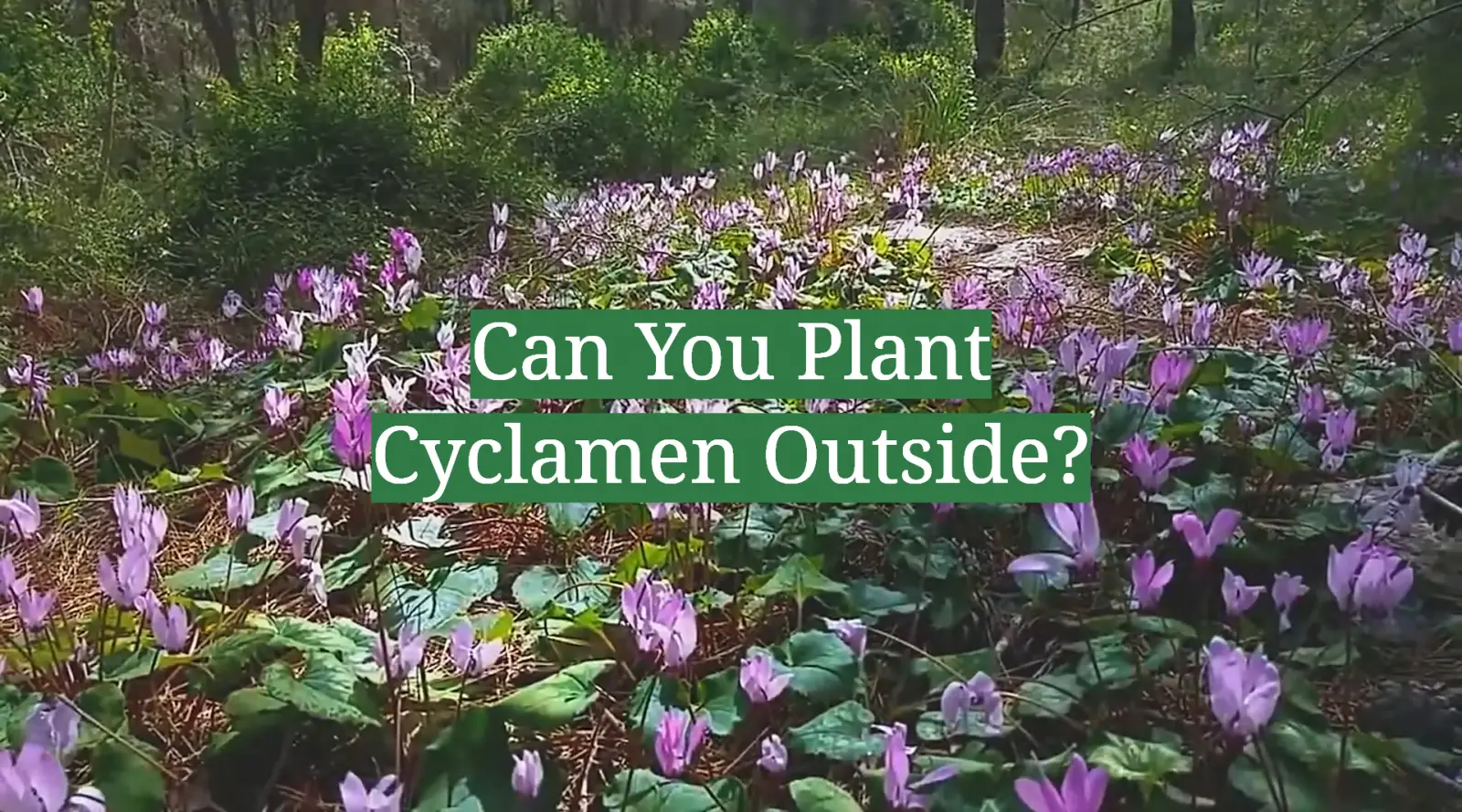
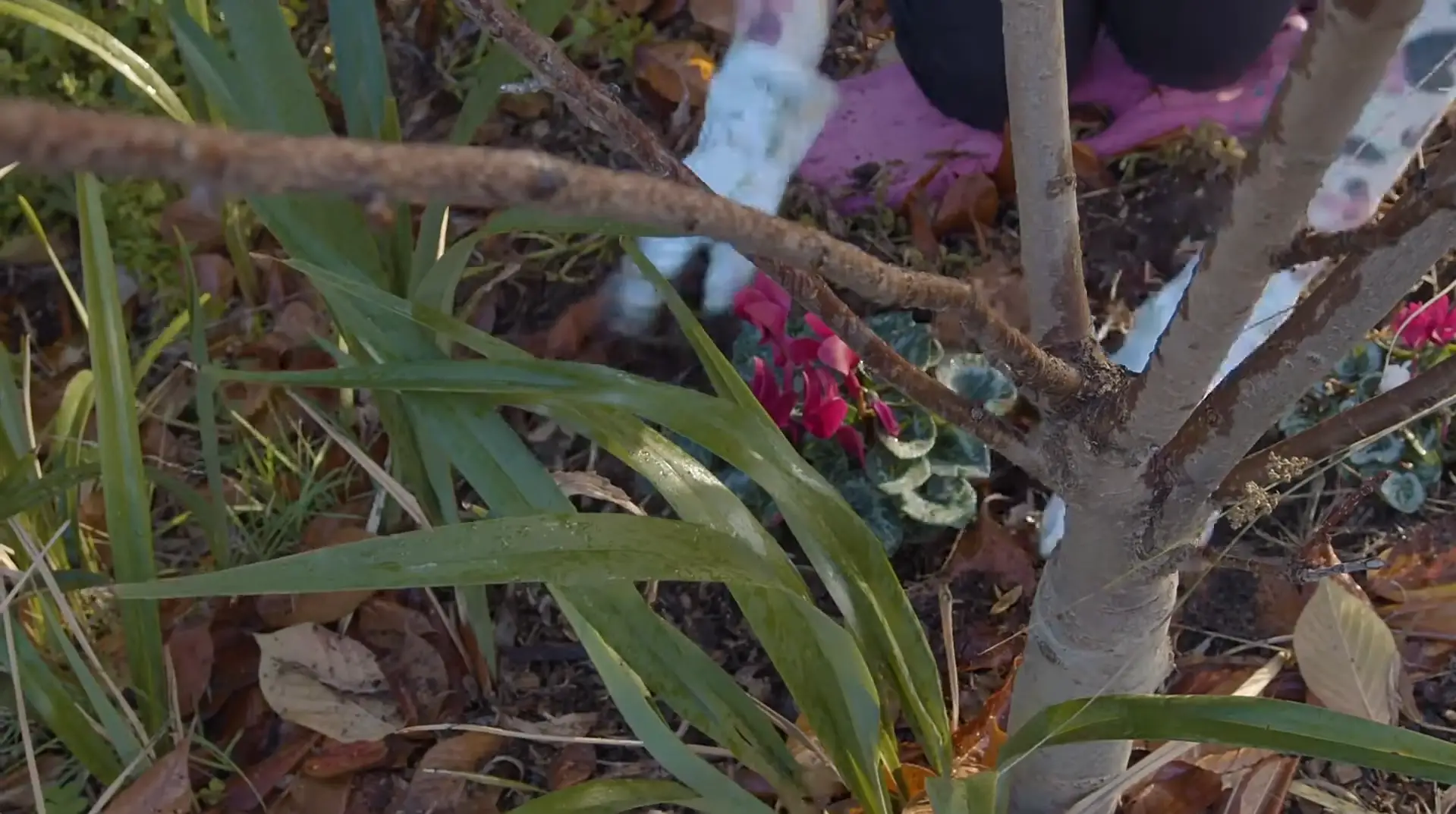
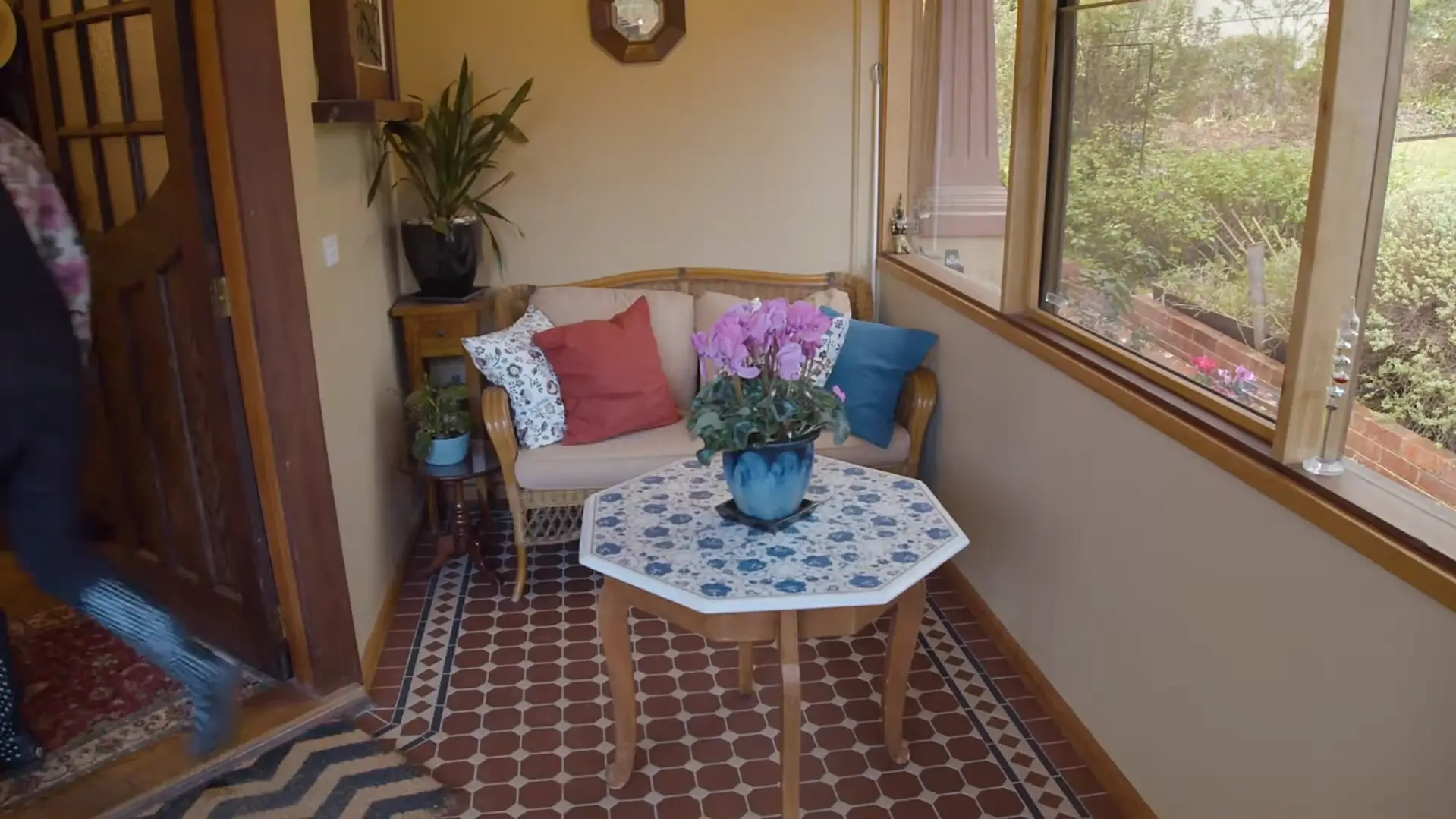

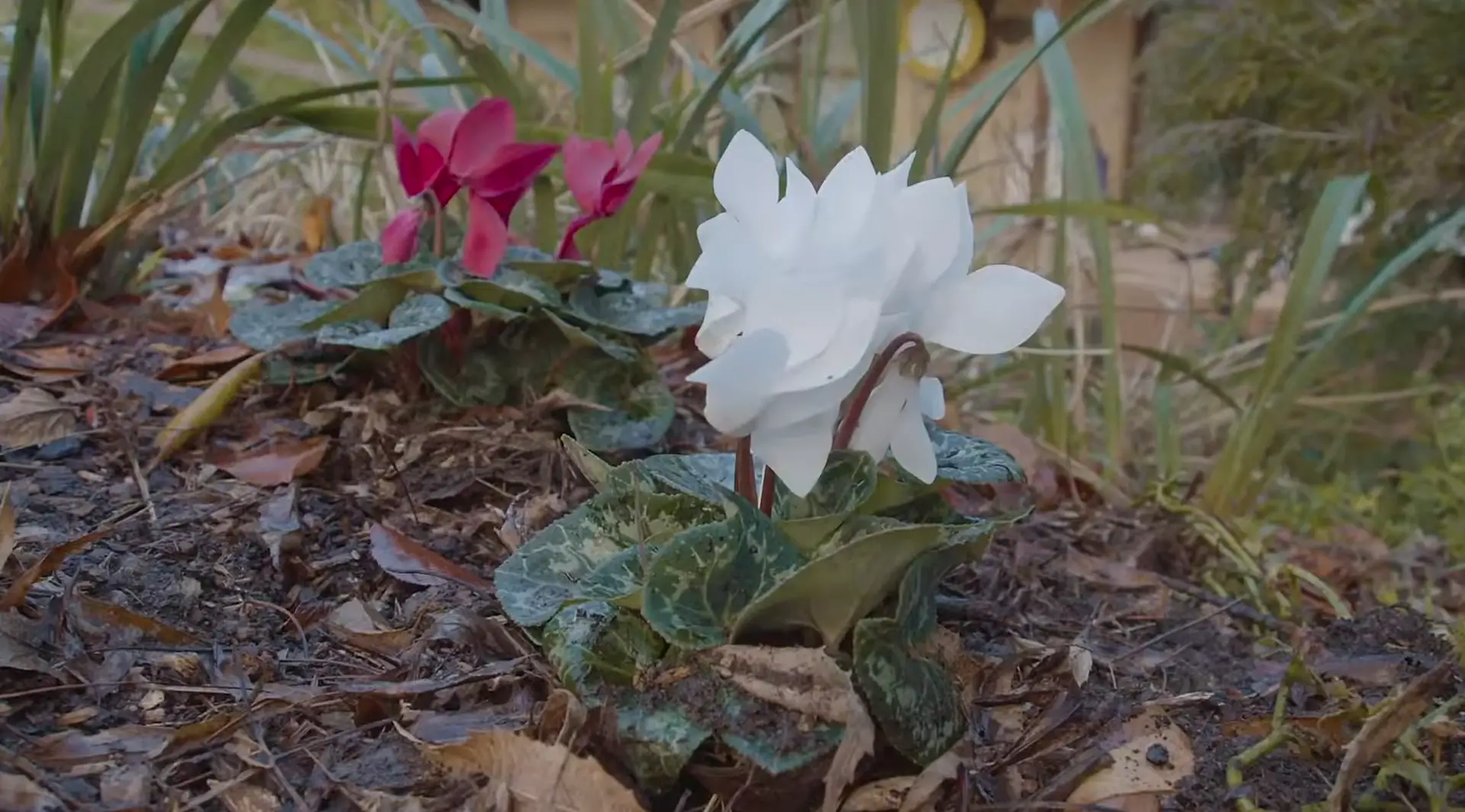




Leave a Reply
View Comments